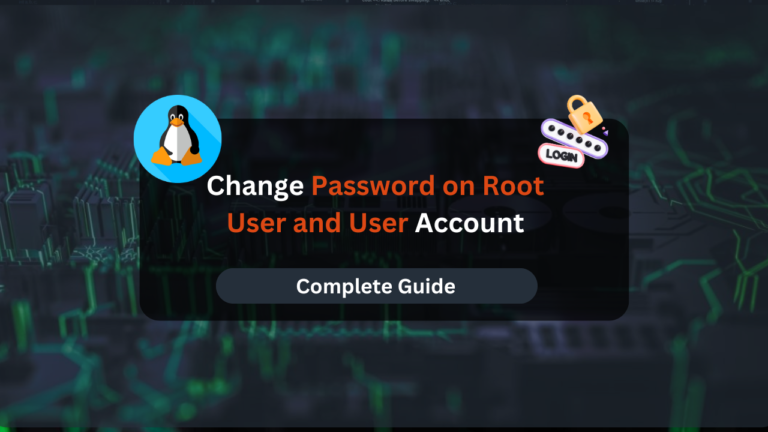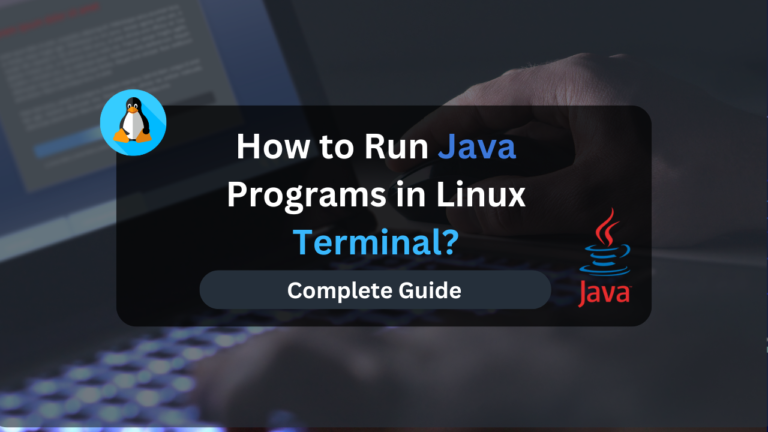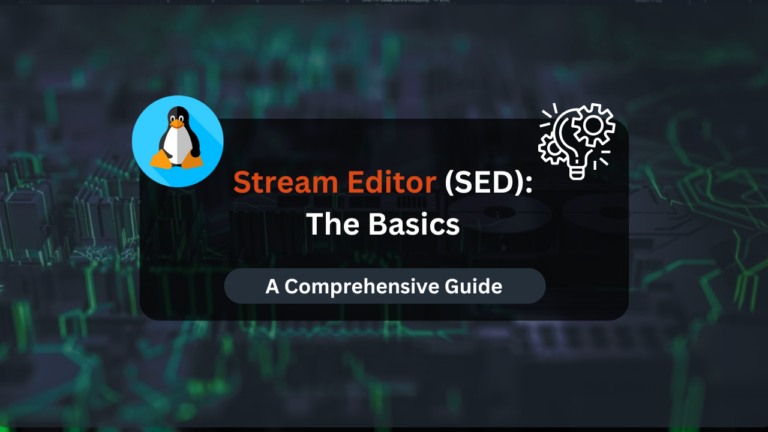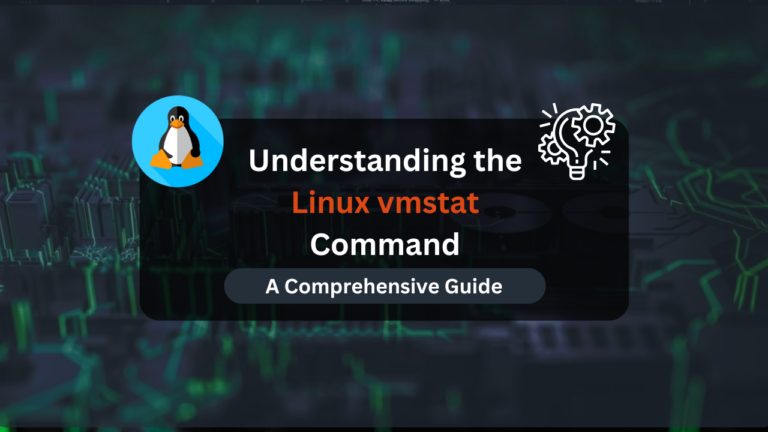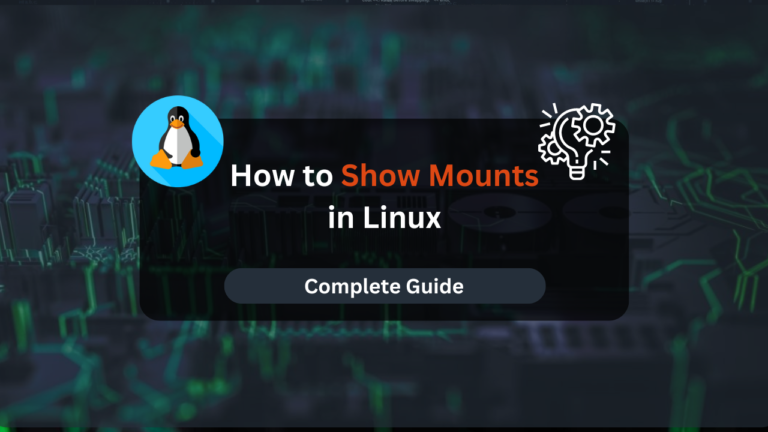Create Multiple NetworkManager Connection Profiles for the Same Network Interface on Linux

If you have a single network interface on your Linux system that you want to use with different IP configurations for various purposes, NetworkManager makes this process simple. This article will guide you on how to configure multiple NetworkManager connection…

